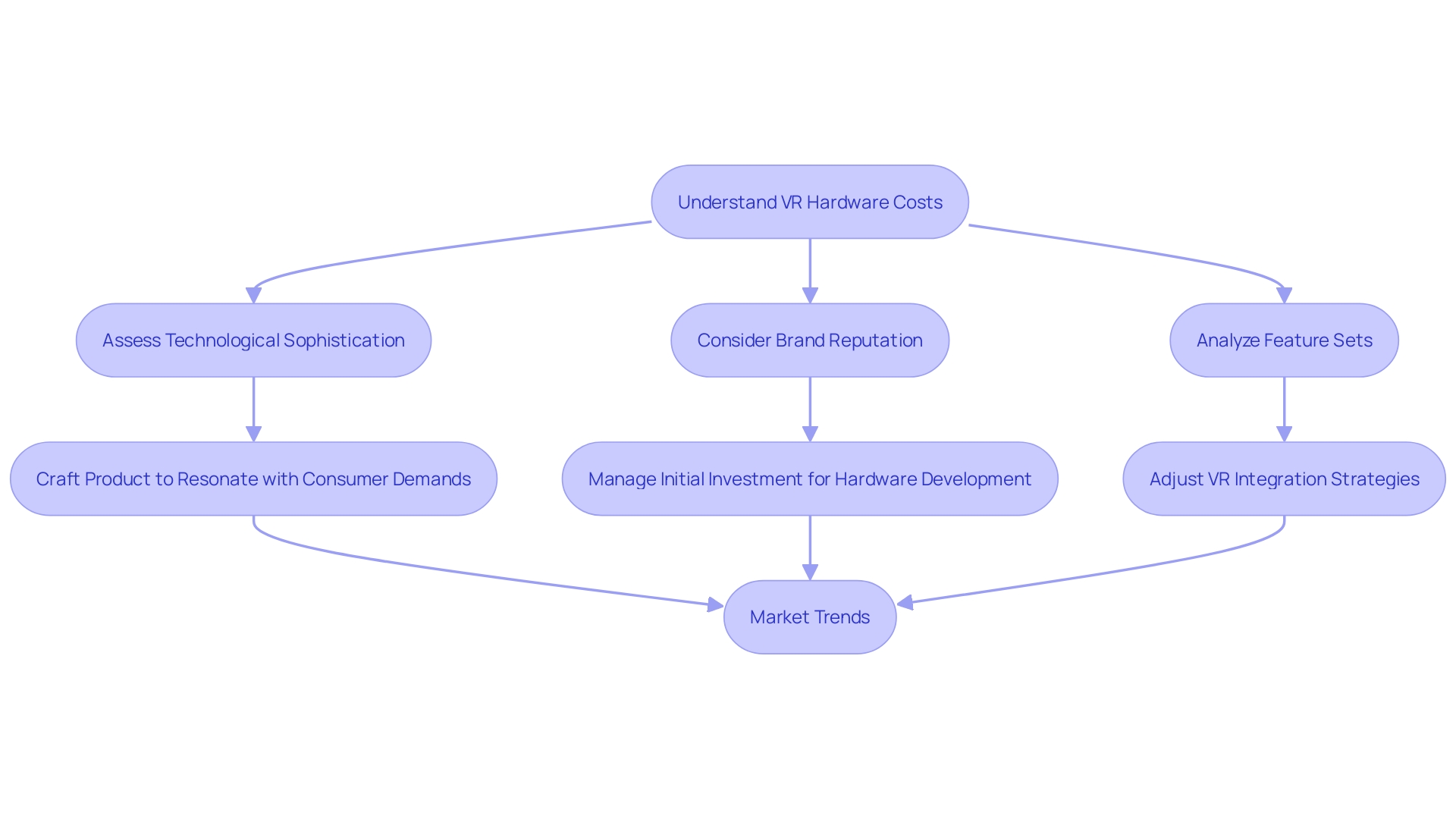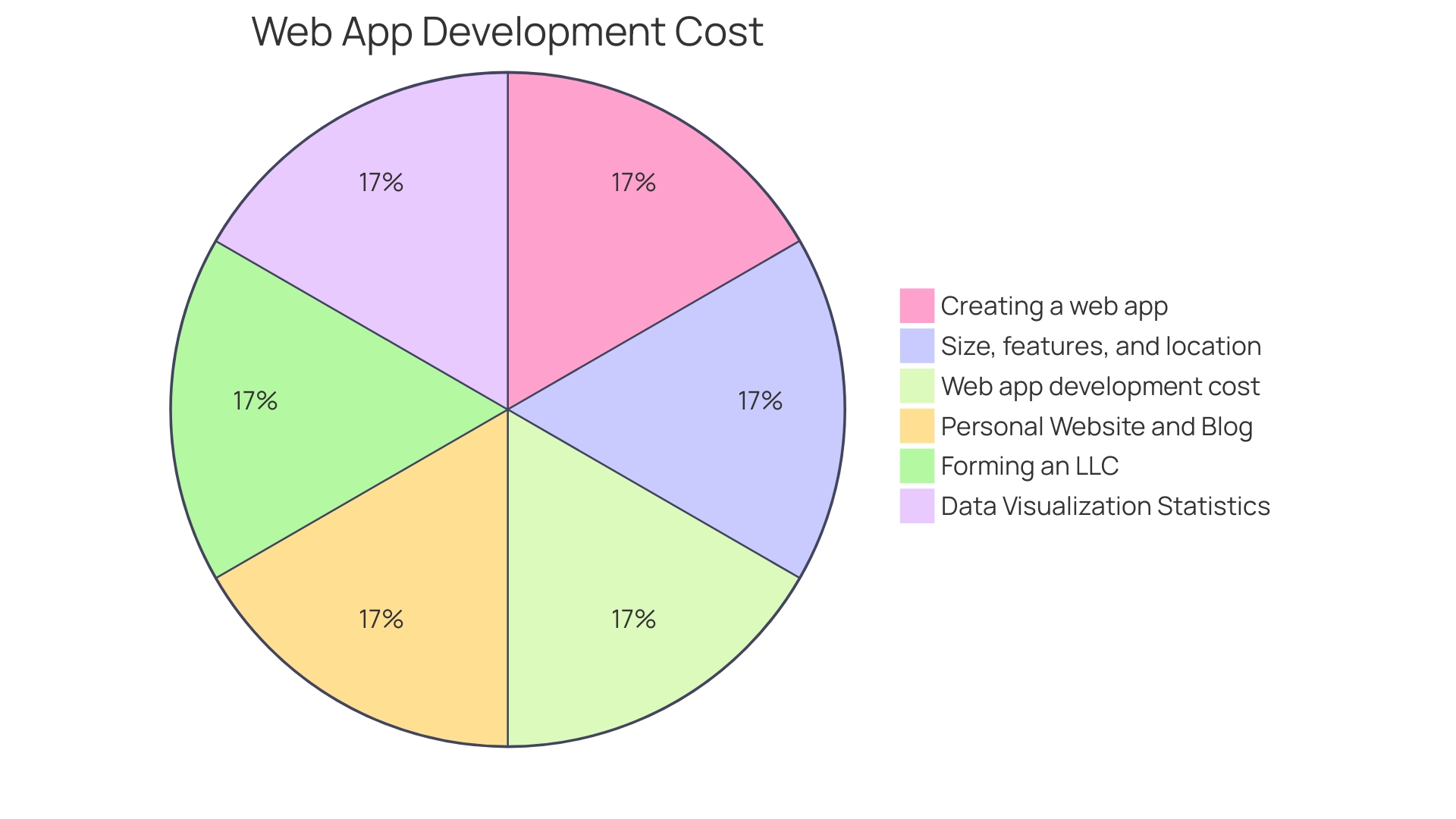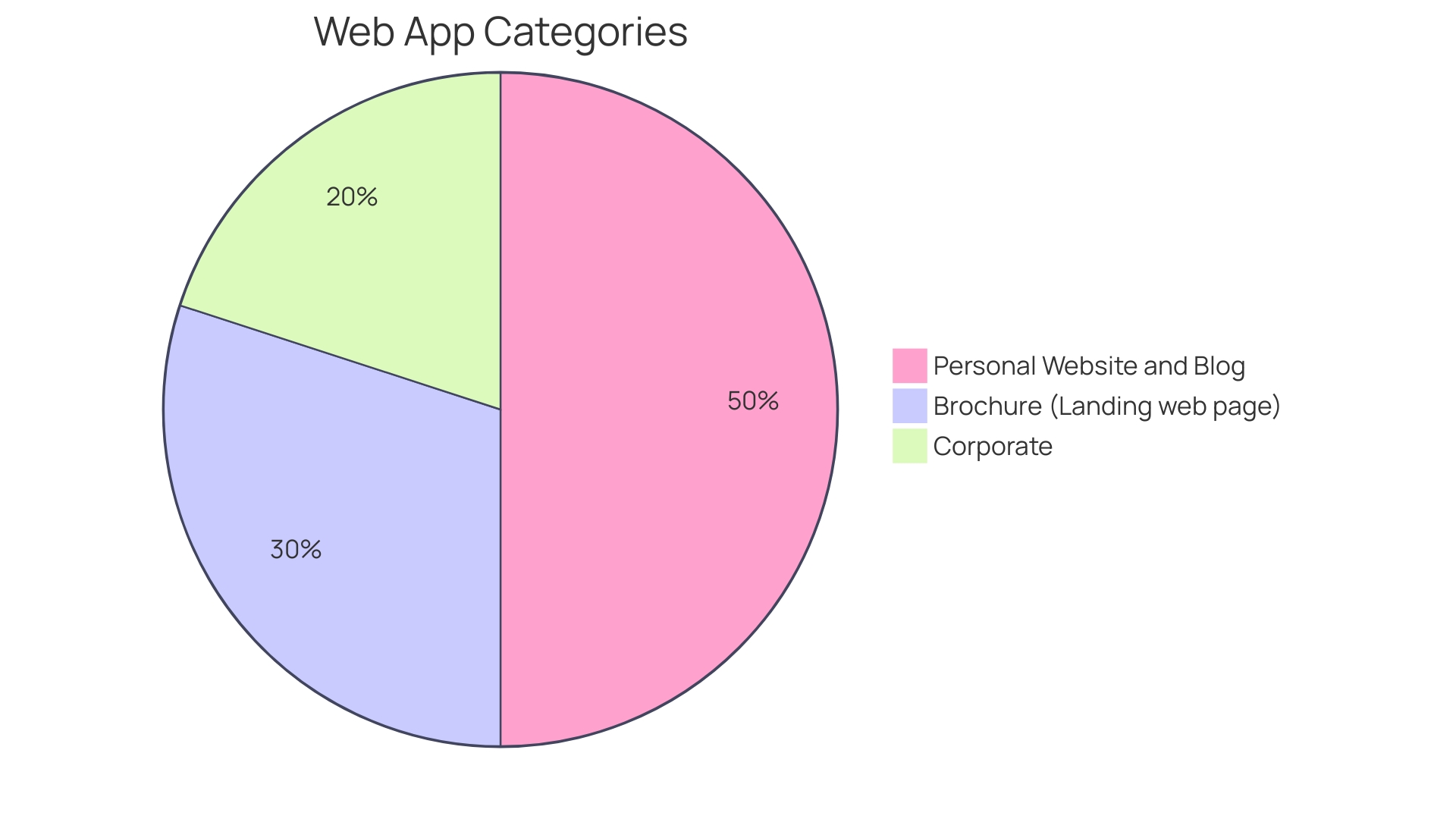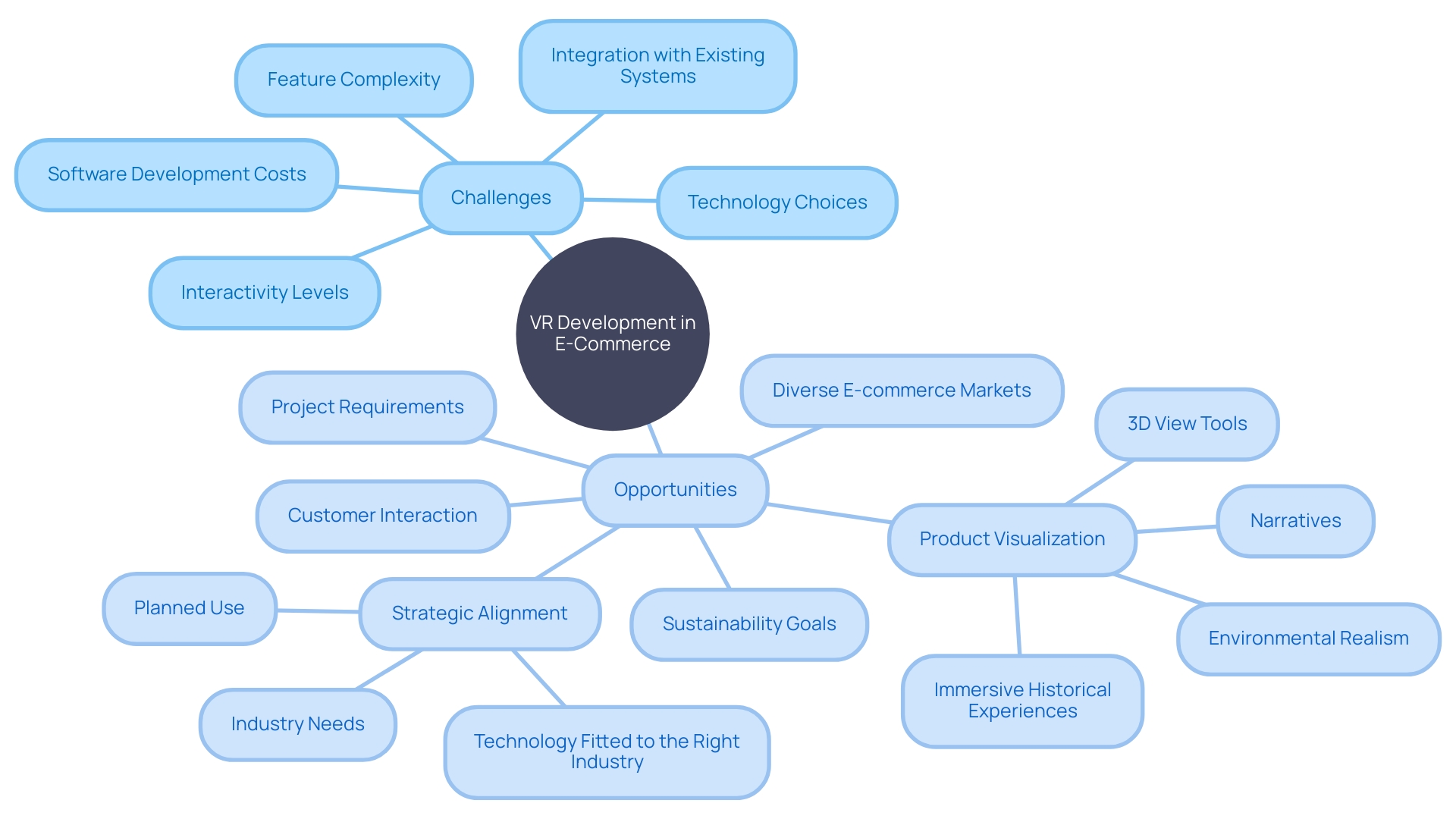Introduction
Virtual reality (VR) has emerged as a powerful tool for enhancing the customer experience in e-commerce. However, integrating VR into e-commerce platforms requires careful consideration of various factors, including hardware costs, software costs, development team costs, and project timeline and complexity. This article explores these aspects and provides valuable insights for businesses venturing into the world of VR.
By understanding the financial investment required and aligning VR technology with specific industry needs, e-commerce ventures can effectively leverage VR to captivate customers and drive growth in the digital marketplace.
Hardware Costs
Navigating the intricate landscape of virtual reality (VR) hardware costs is crucial for e-commerce ventures aiming to integrate VR into their customer experience. The quality and capabilities of VR headsets, controllers, and sensors play a pivotal role in the immersion and interaction users will enjoy. However, the price of these components is not static; it fluctuates based on numerous factors including technological sophistication, brand reputation, and feature sets.
Recent analysis by Wellsenn XR sheds light on the potential expenses involved in VR hardware production. Their comprehensive bill of materials for devices like the Quest 3 provides valuable insights, though it's important to note that these figures represent raw costs, not necessarily the discounted rates that larger entities like Meta negotiate. As hardware startups jostle for market presence against established players, the challenge is twofold: crafting a product that resonates with consumer demands and managing the substantial initial investment required for hardware development.
This is a delicate balance of innovation, market understanding, and strategic financial planning.
The tech industry's fluid dynamics are further illustrated by Apple's current strategy; reports indicate a pause in the development of their premium Vision Pro 2 headset in favor of a more affordable model slated for a later release. Similarly, Meta's restructuring efforts within their Reality Labs division hint at a continuous evolution aimed at harmonizing hardware and software offerings. These industry movements underscore the importance of keeping a close eye on market trends and adjusting VR integration strategies accordingly for e-commerce businesses.

Software Costs
For e-commerce enterprises venturing into the virtual reality space, it's essential to understand that the success of a VR application hinges on more than just cutting-edge hardware. The software is the linchpin of VR development, encompassing content creation, rendering, and user engagement. As seen in the innovative approaches of companies like Rivian, which is pioneering in the electric vehicle industry, technical prowess and a commitment to sustainability are driving forces in today's competitive market.
When planning for VR development, businesses must be prepared for the financial investment in software tools and platforms. On average, the cost for custom software development can range from $70,000 to $250,000 in 2024, influenced by a variety of factors such as project complexity, licensing fees, and specific business objectives. This estimation underscores the importance of clear business requirements and thorough project analysis for accurate budgeting.
Moreover, the evolution of software development companies reflects a landscape of continuous innovation and improvement. With the core functions of software design, programming, and quality assurance, these companies are crafting seamless user experiences that are both technically sophisticated and artistically refined. The industry's progress from isolated coding to collaborative and agile methodologies illustrates the dynamic nature of software creation.
In the context of VR for e-commerce, this translates to a need for meticulous planning and strategic allocation of resources. Investing in high-quality software solutions is not just about meeting the immediate technical requirements; it's about building a robust foundation that supports scalable, bug-free applications poised to elevate the online shopping experience.
Therefore, as businesses explore the integration of VR into their e-commerce platforms, they must recognize that the software is a critical component that requires careful consideration and investment. The goal is to not only to captivate customers with immersive experiences but also to ensure seamless functionality and long-term viability in the digital marketplace.

Development Team Costs
Crafting immersive virtual reality (VR) experiences for e-commerce isn't just about investing in technology; it involves assembling a team of adept professionals who can navigate the intricacies of VR development. This team typically includes VR developers, designers, and 3D artists, whose collective expertise is pivotal in creating engaging VR applications that can captivate customers and enhance their shopping experience.
The cost of recruiting such talent is influenced by a multitude of factors, including the professionals' experience and the project's complexity. For instance, the custom software development landscape in 2024 sees prices ranging from $70K to $250K; however, these costs are subject to the specific business requirements and project scope. As such, a thorough analysis of the project and business goals is crucial for a more precise cost estimate.
Moreover, companies like Rivian, with their goal of net-zero emissions by 2040, face the challenge of finding sustainable and cost-effective development processes. They must manage multifunctional teams across various locations, each with specialized talent, to collaborate effectively. This highlights the reality that VR development costs are also influenced by the geographical distribution of talent and the need for cross-location collaboration.
In the context of e-commerce, this translates to a meticulous alignment of VR strategy, product, and partner development, as underscored by Marcus Torchia, research vice president at IDC's Data and Analytics Group. By choosing the best technology fit for the industry and intended use, businesses can optimize their investment in VR and drive forward their e-commerce platforms with innovative and efficient solutions.
Ultimately, it's imperative for e-commerce businesses to consider these development team costs comprehensively when planning their budgets for VR development, ensuring that the investment translates into tangible benefits for online shoppers and the overall growth of the e-commerce platform.

Project Timeline and Complexity
Navigating the intricacies of VR development in e-commerce is akin to steering through a labyrinth of technological and creative challenges. While VR brings boundless potential to enhance customer interaction and product visualization, it also necessitates a judicious assessment of project requirements. For instance, Tipteh's journey in industrial automation reveals the necessity for a tool that provides designers with a comprehensive 3D view to avoid costly errors and iterations.
Similarly, the pursuit of immersive historical experiences through VR underlines the importance of combining high environmental realism with rich narratives to transcend traditional visits. Rivian's commitment to sustainability, with its goal for net-zero emissions by 2040, demonstrates the broader implications of technology choices on corporate goals.
The financial commitment to VR must be weighed against these aspirations and possibilities. As the industry average for software development costs ranges from $70K to $250K, factors such as feature complexity, interactivity levels, and the integration of VR with existing systems become pivotal in shaping the project's scope and budget. The e-commerce landscape, which spans a diverse array of markets from beverages to household essentials, is ripe for the transformative power of VR.
Yet, it is the strategic alignment of VR technology with specific industry needs, as emphasized by Marcus Torchia of IDC's Data and Analytics Group, that will ultimately dictate the successful deployment and cost-effectiveness of VR in e-commerce.

Conclusion
In conclusion, integrating VR into e-commerce platforms requires careful consideration of hardware costs, software costs, development team costs, and project complexity. Striking a balance between consumer demands and the initial investment required for hardware development is crucial. Investing in high-quality software solutions is essential for building a robust foundation.
Thorough analysis of project requirements and business goals is necessary for estimating the cost of recruiting a skilled development team.
Navigating the intricacies of VR development in e-commerce involves assessing project requirements and considering factors such as feature complexity and system integration. By understanding the financial investment required and aligning VR technology with specific industry needs, businesses can effectively leverage VR to captivate customers and drive growth in the digital marketplace. Careful consideration of these factors will ensure seamless functionality and immersive experiences.





